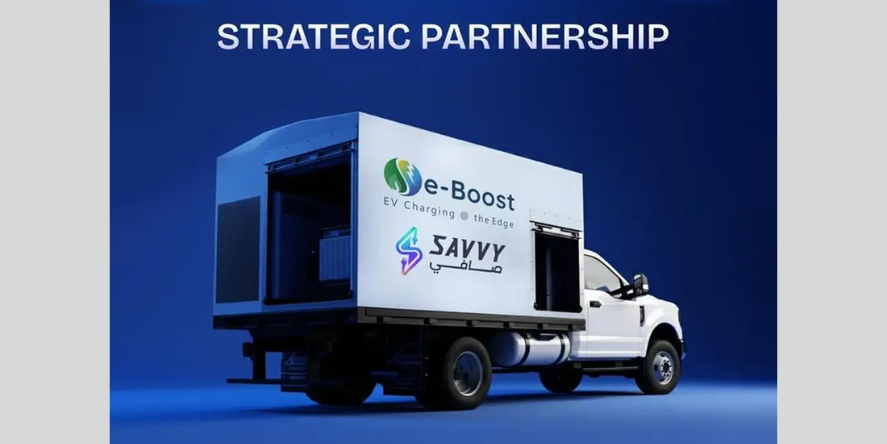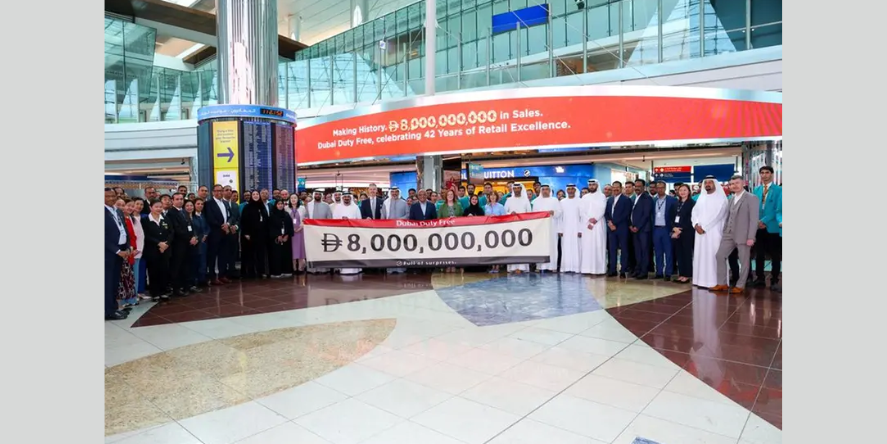Looking back at the evolution of computing applications:
- the 1st generation of computing applications ran on client systems (e.g., personal computers)
- the 2nd generation ran on the internet
- and the 3rd generation on mobile devices.
The metaverse is expected to become the 4th-generation computing platform on which applications run, as well as one of the hottest trends of 2022. It has been met with equal measures of excitement and cynicism across all quarters. This is understandable, given the wider concerns about technologies being used in the two-dimensional world today. In the metaverse, we are talking about three-dimensional immersive experiences – the stuff of science fiction; hence the reactions witnessed across the user communities and enterprises seem natural.
What is a metaverse?
Frost & Sullivan defines the metaverse as an interconnected network of shareable and persisting virtual worlds that will serve as a new paradigm converging the digital and physical lives of end users. The term refers to a 3D virtual world where users can create content, trade media, and interact with each other through immersive experiences.
The term “metaverse” was coined in 1992 by Neal Stephenson in his novel “Snow Crash”. This was followed up a decade later with the launch of the 3D role-playing game “Second Life” in 2003. “Second Life” was a novel idea for an open digital world where users could create virtual representations of themselves called avatars, build relationships, and interact with one another. Dozens of games have offered those experiences since then.
The idea is not entirely new, but the technology necessary to realize the concept did not exist in the past. For example, creating 3D objects requires fast connectivity and enhanced storage capabilities and computing power. Internet and graphics technologies have advanced significantly in the past two to three decades. With constant developmental updates, virtual experiences now operate under a live service model.
The hype surrounding the metaverse today is seen as rhetoric that has been pushed primarily by technology behemoths who envision creating their own virtual worlds and offering experiences within a closed-loop ecosystem. Such organizations see the Metaverse as the next frontier for data harvesting and monetization, so a marketing push is expected.
But the seamless virtual worlds that are being envisioned have the power to do much more. The metaverse can enable the trading of goods and services in the virtual world. The metaverse is expected to popularize physical-to-virtual, virtual-to-physical, and virtual-to-virtual business models, unlocking opportunities for enterprises to scale.
Frost & Sullivan believes there are three key trends that will shape the success of the metaverse in the coming years.
- The metaverse will evolve beyond a gaming arena to maximize the experience virtual worlds can offer. Use cases are likely to range from being an inevitable next step in the evolution of social media to enabling next-generation virtual meetings (remote work), enabling telemedicine consultations, building virtual classrooms for simulated learning opportunities in a safe environment, etc. Future opportunities will be endless for businesses. Enterprises will look at the metaverse as a platform to augment digital experiences for specialized purposes, and companies will likely develop real-life products based on virtual worlds. Unlike the traditional application ecosystem, which remains dominated by a few platforms, the metaverse will allow the creation of a more open and interoperable ecosystem where the entire experience becomes decentralized.
- The technology components that constitute a metaverse today can fulfill only a fraction of the intended vision. The mainstream adoption of the metaverse will entirely depend on technology advancements to build experiences that can seamlessly fuse the physical and virtual environments. Developments in spatial audio, creating high fidelity digital twin representations of the physical space, enabling multi-user collaborations and interactions at scale in a virtual space, enabling decentralized and scalable payment systems, and providing latency-resistant networks are a few examples of technology-based applications that require refinement. Several technological breakthroughs are required to offer a realistic metaverse experience to end-users. The ecosystem players should set realistic expectations for their offerings and not delude users on the pretext that everything will be built into it from day one.
- Virtual worlds will gather different types of user data, including personal information (age, gender, name), user behavior (choices/habits), and metadata from personal communication. Engaging in a virtual environment might expose users to continuous monitoring and hacking. Further, virtual worlds could potentially create a gray area for digital abuse, e.g., hate speech, violence against women. etc. Digital abuse is noted to have material and psychological impacts on end-users. Technological solutions to restrict digital abuse and moderate user experiences in the virtual worlds need to be investigated, even as federal institutions develop compliance policies and frameworks that structurally define behaviors for users in the digital world. Implementing suitable policies against cybercrime and cyber-abuse will drive the social acceptance of the metaverse in the coming years.
The metaverse is anticipated to mirror and eventually become an extension of the real-world economy, allowing organizations to participate in economic activities as they do in the physical world today. The metaverse will offer great potential for economic progress and along with it, will bring several challenges. Frost & Sullivan, however, believes that these challenges can be anticipated in advance, and the experience of having sifted through similar transformational trends and technological advances in the past would help companies prepare to make this a reality.
In terms of its adoption, the metaverse is still in its infancy globally, and the Middle East is no exception. The development of the Metaverse is constantly evolving. Countries like the UAE and KSA have ambitious plans for metaverse development in the region, from creating a complete virtual city to supporting thousands of virtual jobs over the next five years, which is likely to remain a growth catalyst for the metaverse adoption in the Middle East region.

Authored By: – Kiran Kumar V, Director, Metaverse Practice, Frost & Sullivan
The Blog received on Mail from Frost and Sullivan











